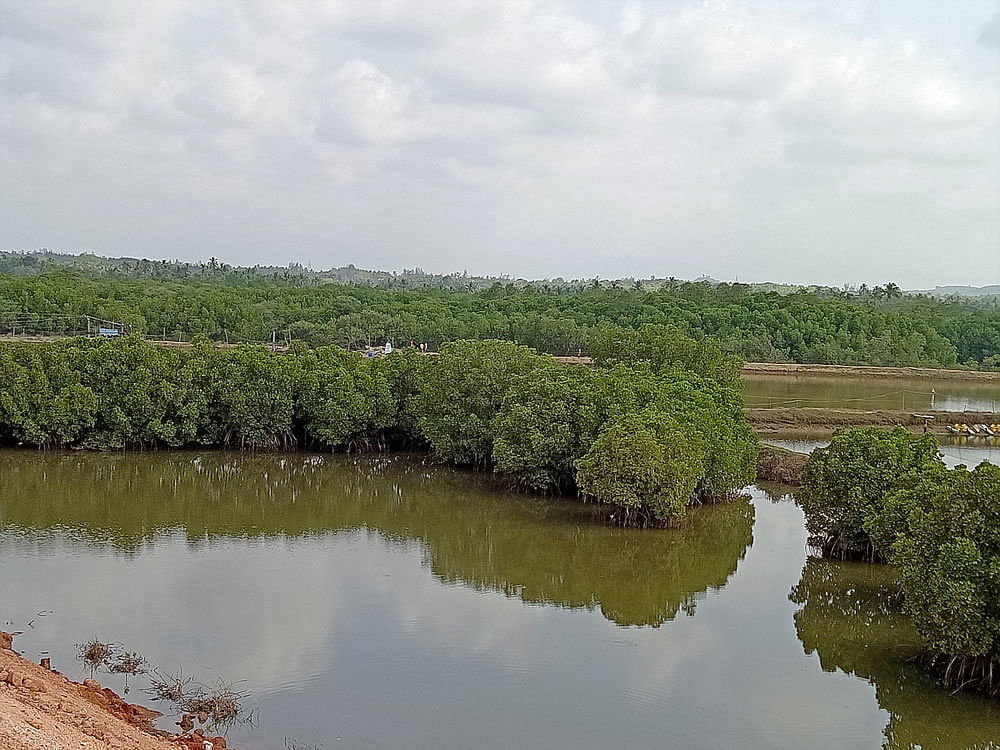
Ahead of the World Wetlands Day on February 2, environment groups have begun to aggressively brace for focusing attention on the increasing threat to biodiversity and vanishing water bodies in Mumbai Metropolitan Region (MMR).
The annual World Wetlands Day is observed to raise global awareness about the vital role of wetlands for people and our planet. This day also marks the date of the adoption of the Convention on Wetlands on 2 February 1971, in the Iranian city of Ramsar on the shores of the Caspian Sea.
Environment groups such as NatConnect Foundation, Shri Ekvira Aai Pratishtan and Save Navi Mumbai Environment and fishing community forum Paramparik Machhimar Bachao Kruti Samiti have aligned themselves with the official World Wetlands Day 2020 as the City is reeling under its worst ecological crisis.
Wetlands are land areas that are saturated or flooded with water either permanently or seasonally. Inland wetlands include marshes, ponds, lakes, fens, rivers, floodplains, and swamps. Coastal wetlands include saltwater marshes, estuaries, mangroves, lagoons and even coral reefs. Fish ponds, rice paddies, and saltpans are human-made wetlands.
“All these aspects are unfortunately ignored in MMR where large scale destruction of wetlands is happening under the guise of development,” said B N Kumar, director of NatConnect Foundation. While salt pans and floodplains are under constant attack in Mumbai for real estate development, Special Economic Zones in Navi Mumbai have dealt a death knell for wetlands. During the last year alone, hundreds of acres of wetlands have been buried in the eco-sensitive Uran region across Mumbai harbour, said Kumar.
The ecological threat to Mumbai is real, said Nandakumar Pawar, head of Shri Ekvira Aai Pratishtan.
While the City and outskirts such as Badlapur, Kalyan Vasai reeled under floods due to the disappearance of floodplains, at least 20 villages have suffered waterlogging for the first time as water bodies have been blocked, Pawar said.
What is worse, said Kumar, the local city planner CIDCO has covered all wetlands and mangrove zones under its development plan for the upcoming Dronagiri node. CIDCO has also allotted wetlands and mangrove areas and JNPT’s SEZ.
Residents at Nerul in Navi Mumbai have been waging a battle to save a wetland at Talawe at Seawoods NRI Complex where CIDCO planned a golf course. “We have won the case at Bombay High Court which asked CIDCO to scrap the golf course idea and the government agency has since moved the Supreme Court,” said Sunil Agarwal of the Save Navi Mumbai Environment. Without waiting for the SC verdict, CIDCO allowed a builder to hack over 700 trees in the real estate project that covers the golf course and all objections from the residents fell on deaf ears.
The green groups has planned a Run For Flamingos on Sunday next (Feb 2) to increase awareness about the wetland that attracts hundreds of birds.
The fishing community which thrives on wetlands is one of the biggest victims of the urban and infrastructure development as their source of survival has been consistently diminishing. “While the wetlands are vanishing, we are not even allowed to go for fishing in the sea around JNPT, ONGC and other projects,” lamented Tukaram Koli of the fishermen’s forum. “The compensation meant for the Koli community still remain a far cry as none of us have seen the colour of the money,” said Dilip Koli, another local activist.